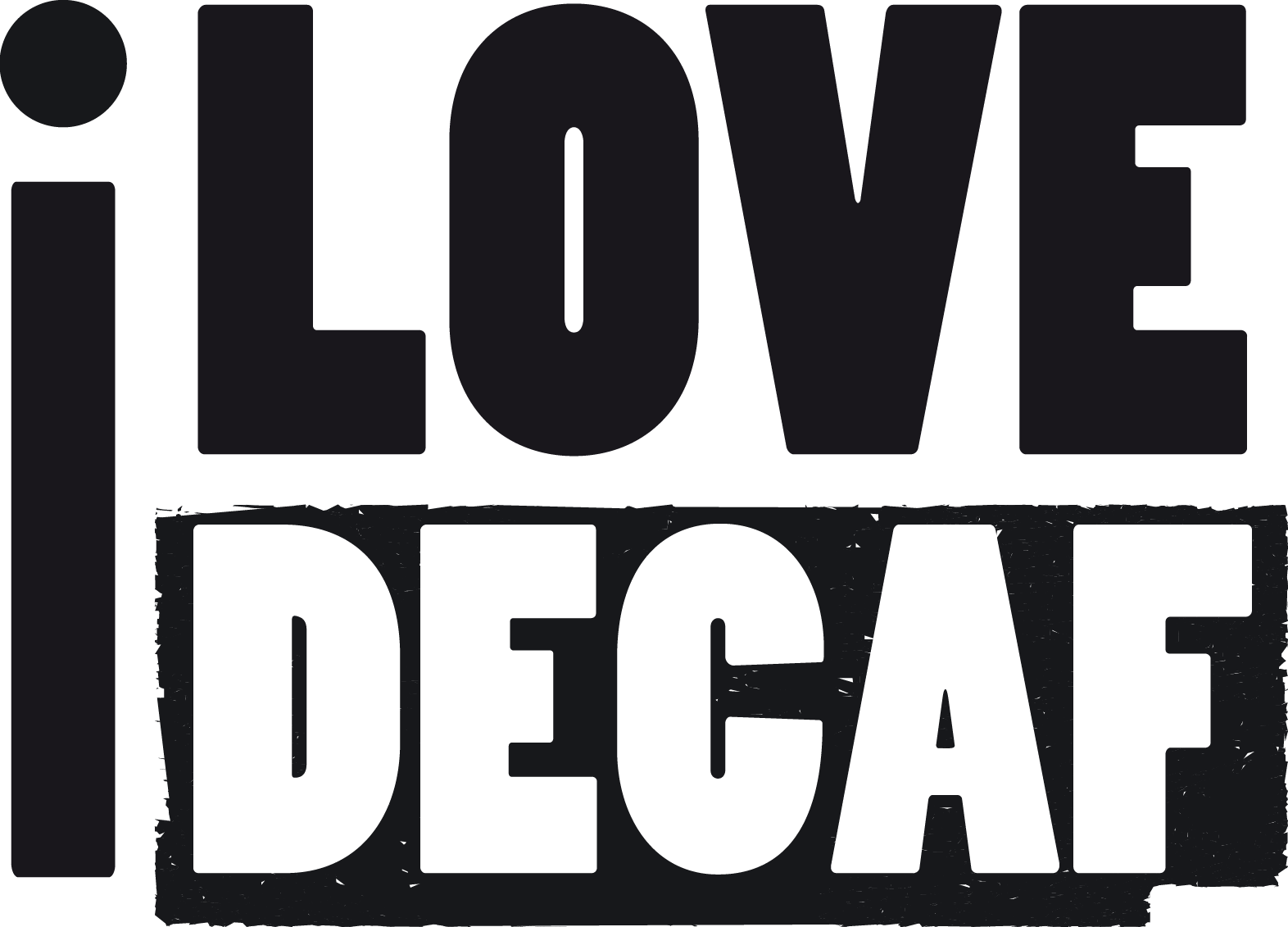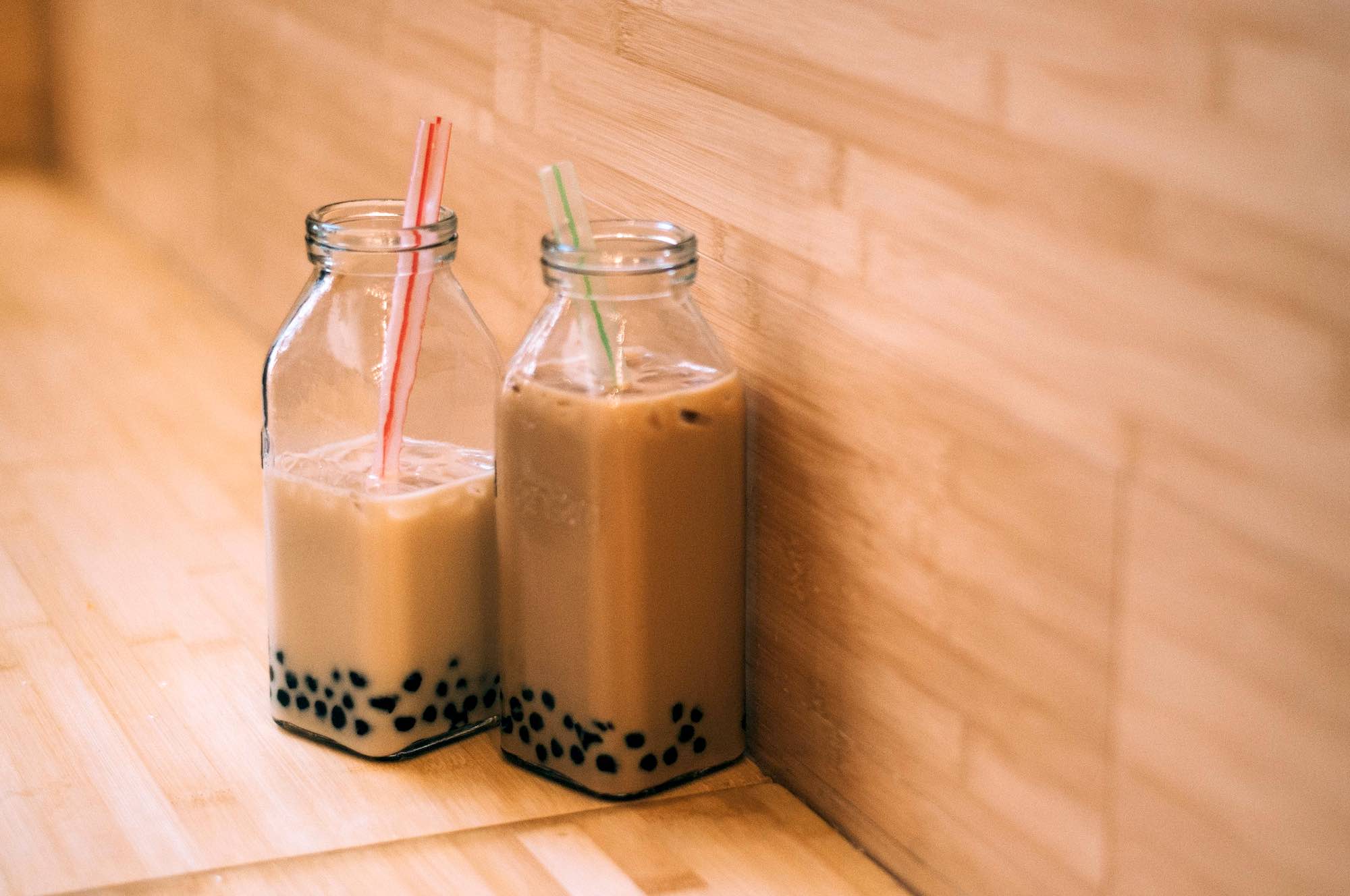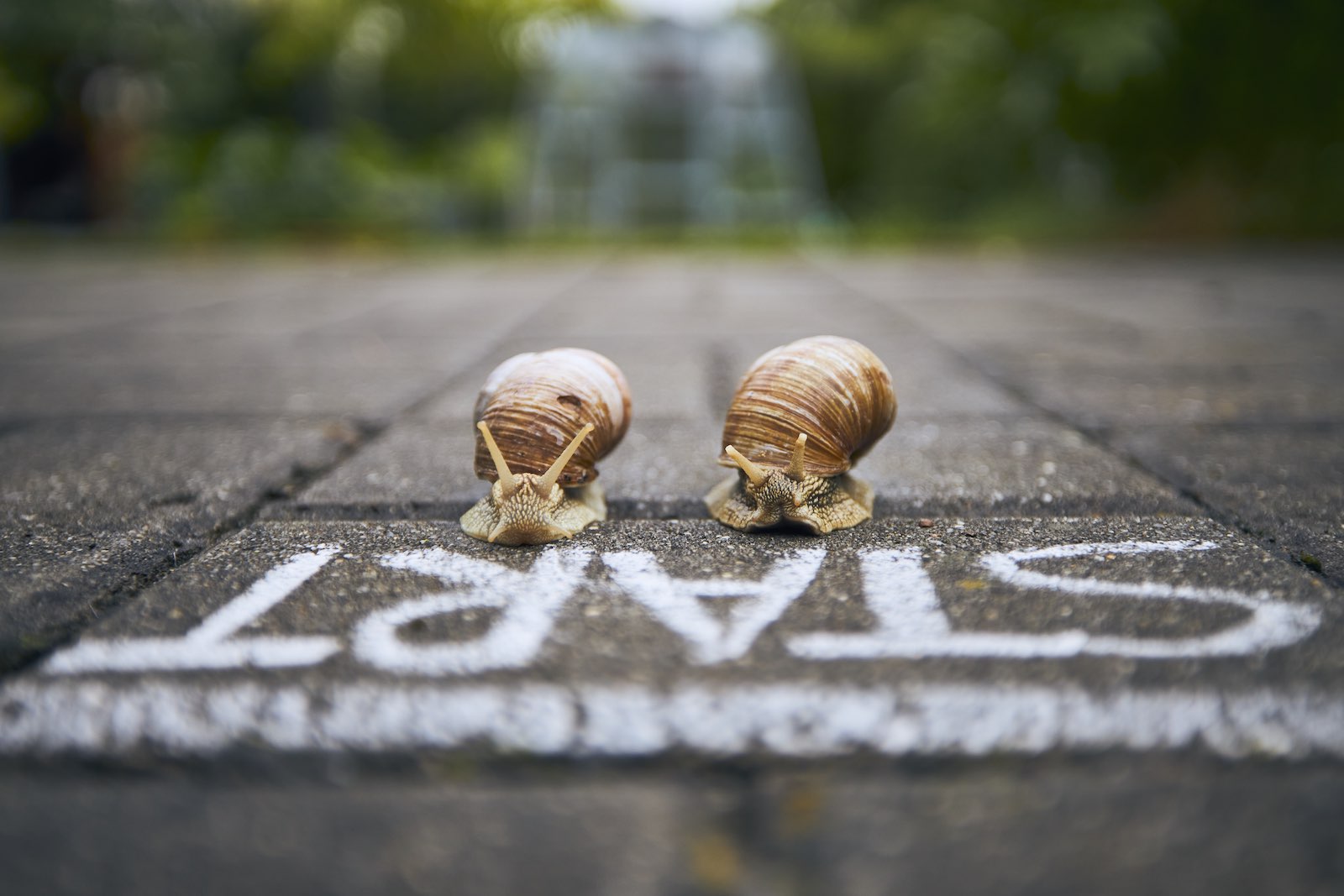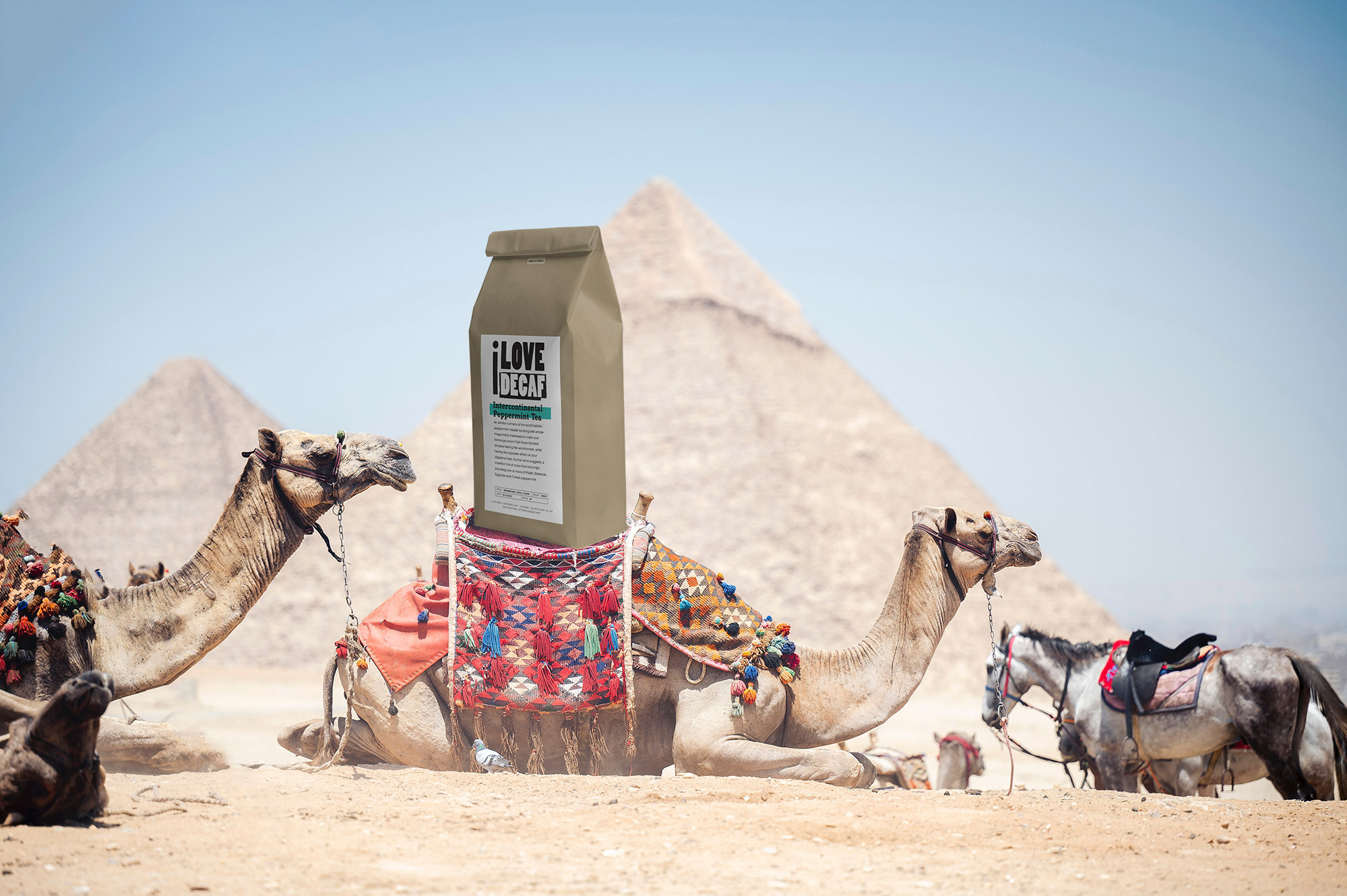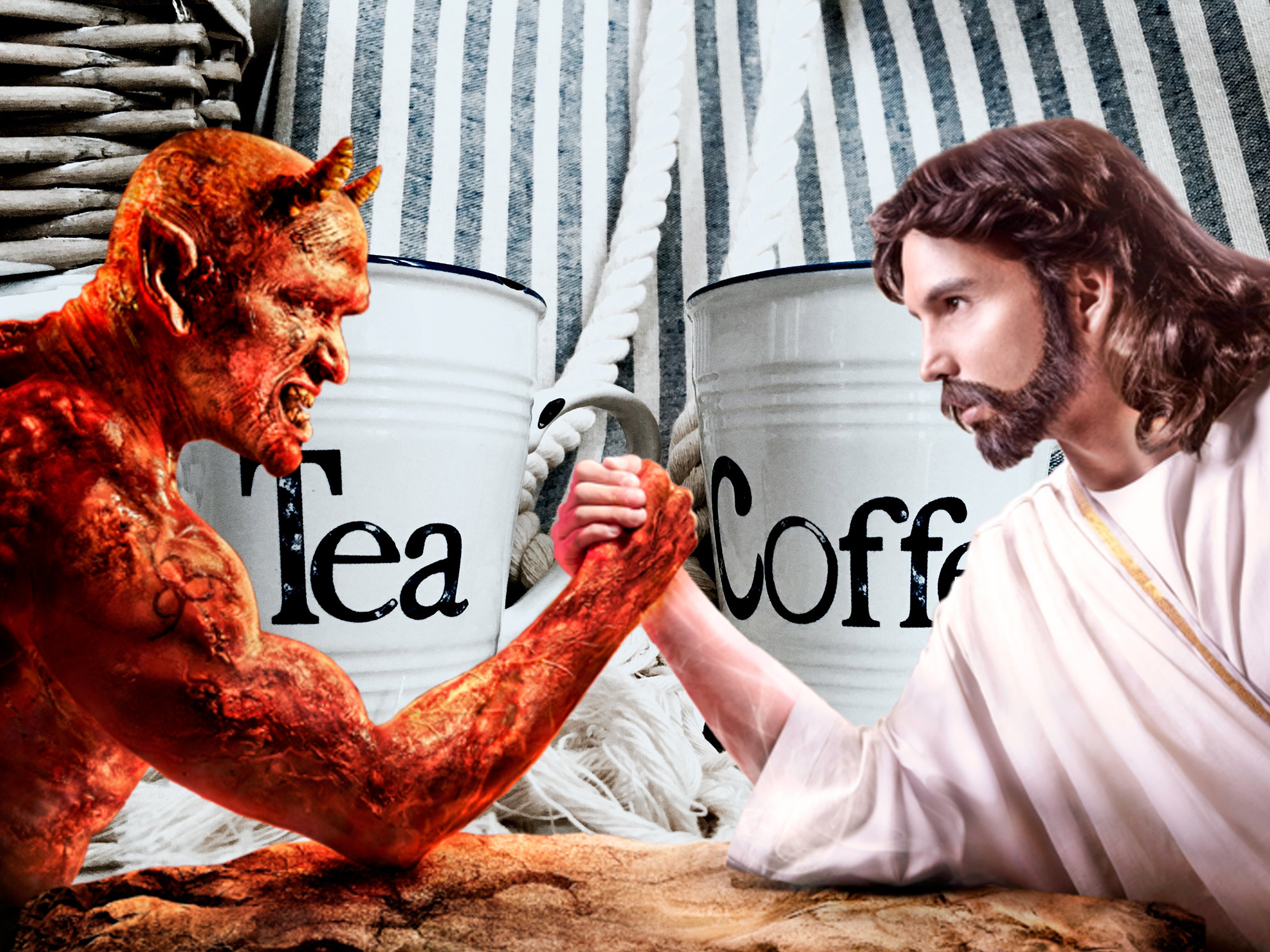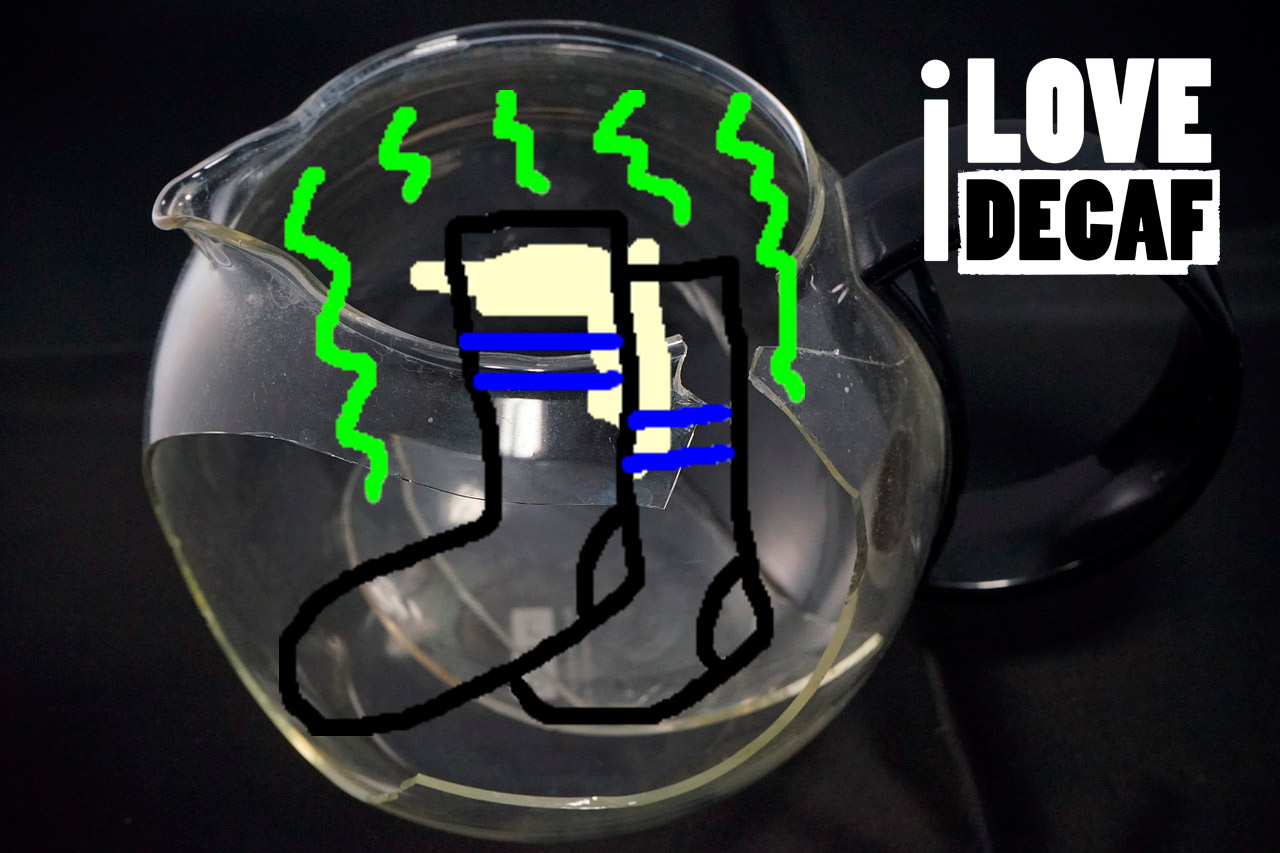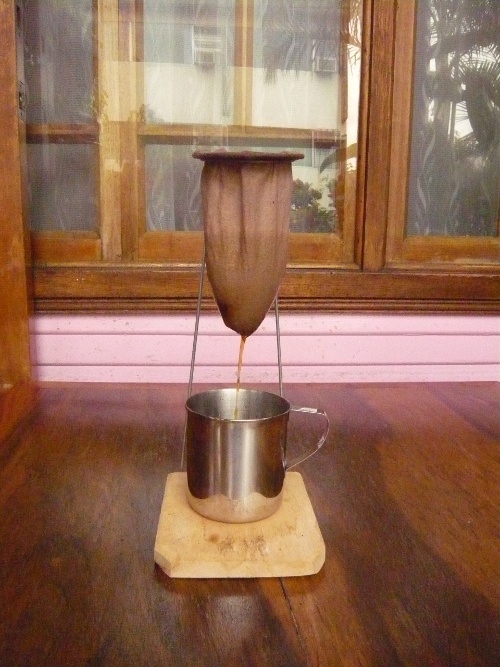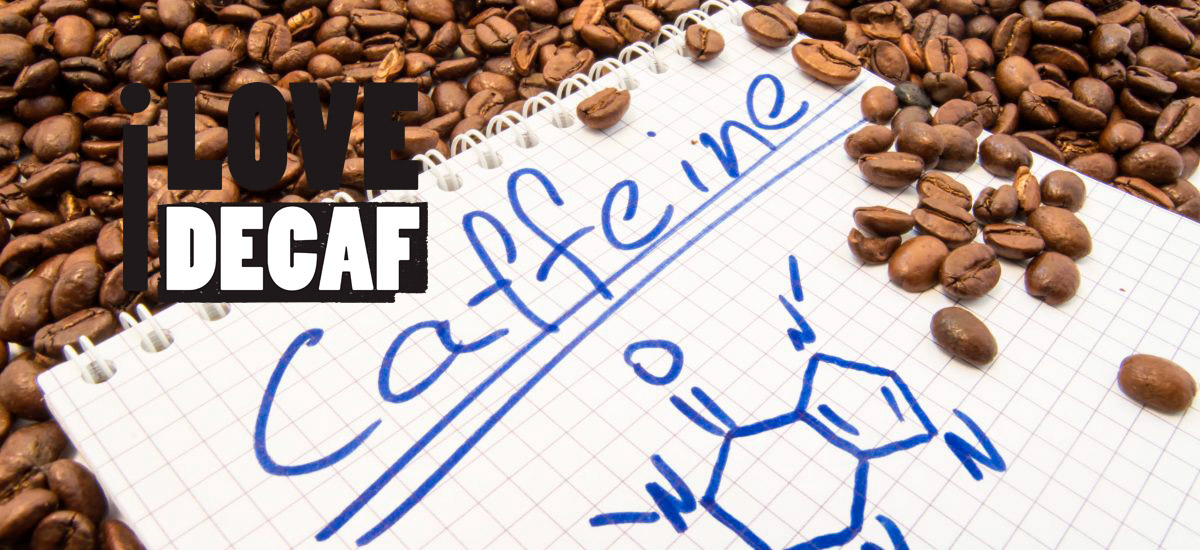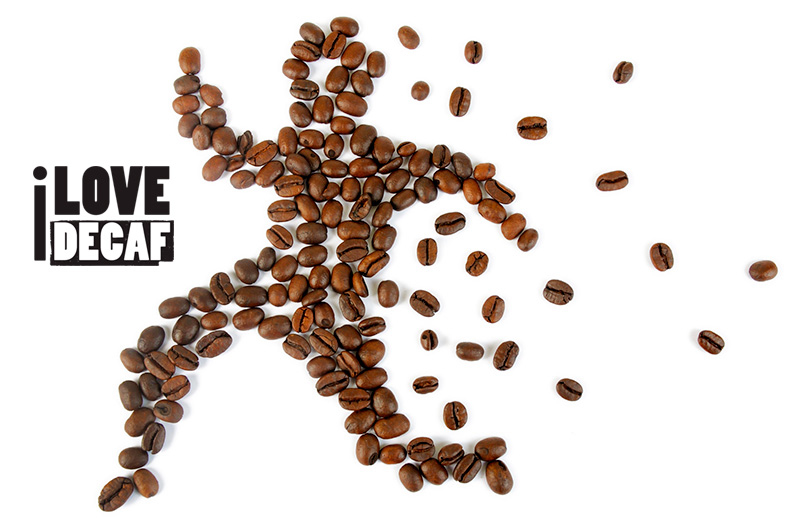And do you have the tapioca balls for Boba?
Bubble Tea, or Boba, shops have become the High Street’s latest fashionable infestation and the kids – not forgetting men-children with messenger bags and grown-gurls – are loving it too. Here at I Love Decaf, we support the wilder edges of tea drinking where our broad selection of decaf and no-caf can bring something extra to the mix.
What is Bubble Tea or Boba?
Bubble tea is evolved from iced white tea – a popular drink in East Asia – but also contains a measure of tapioca. Before Boba, tapioca was a common ingredient of hot desserts in Asia, but sometime in the mid to late 1980s a dessert merchant in a Taiwanese night market added it instead to chilled milk tea – a local favourite often made with condensed, evaporated, whole or soya milk. The new drink quickly became popular and spread rapidly to other Asian countries.
It’s a craze that has taken quite a long time to get to the west. While the first bubble tea was brewed in Taiwan in the mid to late 1980s, it took until 2003 for London’s Chinatown to get its first Boba shop. The most recent spread now sees Boba bubbling up in every city in Europe and North America. And that just means it’s time to bring it to the decaf mainstream right now.
Flexi-bubble tea
One of the best things about bubble tea is that it is very flexible. Those first brews of Boba were made using black, green and oolong tea varieties. But there’s nothing stopping you from trying almost any tea or infusion in your own bubble tea. In Boba culture, creativity and experimentation is encouraged – it’s how the entire world of bubble tea came into being, after all.
Bubble tea with tea oil
One option is to flavour your bubble tea with tea oils. I Love Decaf has dozens of flavours of tea oil with many organic choices. You should use a single drop per pot – tea oil is super concentrated – but it’s one of many ways to put your own stamp on bubble tea.
There are no rules to decaf bubble tea
There are no rules, there are infinite recipes, but there are some guidelines. The bubbles in bubble tea aren’t really bubbles as you probably imagine them. For one thing, they are slightly chewy and that’s because they are made of black tapioca pearls. You can get these from any Asian supermarket, or they are also readily available online. They need to be lightly boiled for 5 minutes to get that perfect slightly chewy texture – sometimes known as ‘QQ’.
Generally, the process is as follows.
- Bring the tapioca pearls to boil and simmer for five minutes
- Steep the tea at the same time
- Sieve the tapioca and sweeten it in a bowl (or leave as is)
- Let everything cool to ambient room temperature.
- Add a spoonful of tapioca pearl mix to the bottom of a cup or glass
- Add a single drop of tea oil to a full pot
- Pour in the tea over the tapioca, leaving room for milk, coconut, soya or regular milk
- Add a few cubes of ice
- Add milk, cream, condensed or evaporated, nut milk, soya milk, whatever floats your boat.
What milk, how you sweeten the drink and what tea you use are all up to you. You could try a red berry fruit tea or bubble-up an odd cuppa of lemon and apple. Or stick with standard black, oolong or green decaf, it’s entirely up to you.
